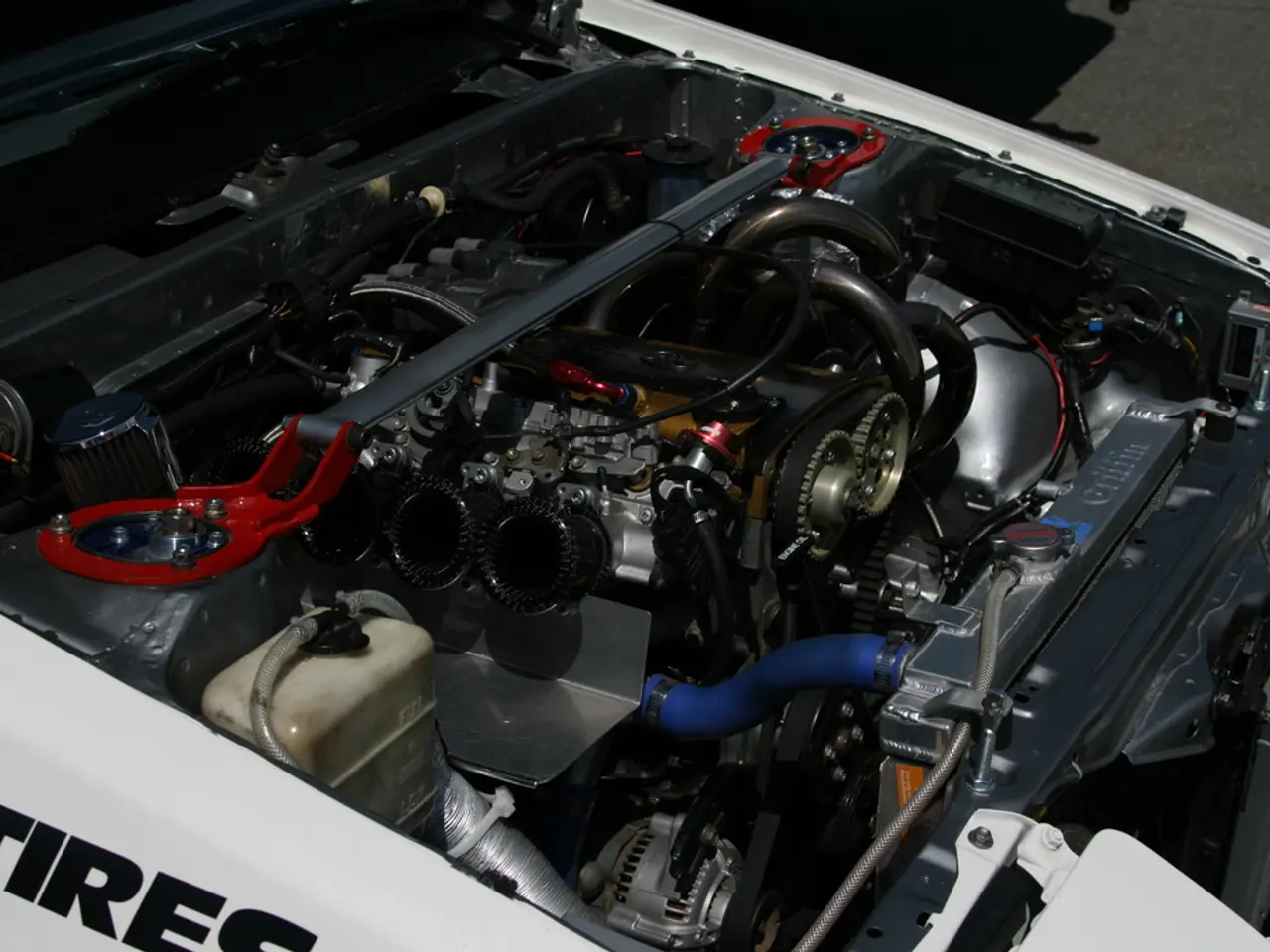Exploring the Transition: The Development of Combined Powertrain Technology in Engineering
The hybrid powertrain, a fusion of at least one electric motor with a gasoline engine, is becoming a hotbed of exploration and development for automotive engineers and environmental enthusiasts alike. This evolution is set to close the performance and efficiency gap between conventional and electric vehicles.
Three Types of Hybrid Powertrains
There are three main types of hybrid powertrains: Parallel Hybrid, Series Hybrid, and Plug-in Hybrids (PHEV). In Parallel Hybrid systems, both the engine and the electric motor can send power directly to the vehicle's transmission, requiring sophisticated control algorithms and software to monitor driving conditions, battery charge levels, and power demands. In Series Hybrid systems, the gasoline engine powers an electric generator, which either charges the battery or powers an electric motor that drives the transmission. PHEVs can recharge their batteries directly from an external power source.
Optimizing Hybrid Powertrains with AI and Machine Learning
Advanced algorithms and machine learning models are playing a pivotal role in optimizing hybrid powertrain performance. Metaheuristic optimization algorithms, such as Genetic Algorithm (GA), Particle Swarm Optimization (PSO), and Ant Colony Optimization (ACO), are commonly applied for multi-objective optimization tasks in hybrid systems. Reinforcement learning (RL) is leveraged for learning optimal policies by interacting with the environment, modeled as a Markov Decision Process (MDP). This enables adaptive, real-time decision-making to optimize energy management, fuel consumption, battery life, and emissions reduction.
The Twin Delayed Deep Deterministic Policy Gradient (TD3) algorithm, an advanced actor-critic RL method, has been used to optimize energy management in hybrid powertrains by controlling power distribution between fuel cells, batteries, and other components, achieving measurable reductions in fuel consumption. Some systems integrate machine learning regression models with traditional optimization methods like dynamic programming to improve driving pattern recognition and real-time energy management.
In electric/hybrid vehicle battery thermal management, RL combined with supervised learning and fuzzy logic control has been applied to optimize cooling and heating strategies, enhancing performance and battery lifespan by dynamically balancing temperature regulation with energy consumption. Multi-objective optimizations, such as the NSGA-II algorithm, enable balanced trade-offs between factors like fuel economy, battery aging, and emissions.
Overcoming Challenges and Embracing the Future
One of the primary challenges in hybrid powertrain engineering is the physical integration of multiple power sources within a limited space. The efficiency and performance of hybrid vehicles depend on the management system's ability to seamlessly switch between the electric motor and the internal combustion engine.
The integration of sophisticated AI-driven management systems in hybrid powertrains will become standard. The rapid advancement of AI and machine learning in automotive applications opens new frontiers for adaptive energy management strategies that could further enhance fuel efficiency and reduce emissions.
Hybrid technology, with ongoing research into battery technology, regenerative braking systems, and more efficient electric motors, aligns with a belief in continuous improvement and innovation. However, it's essential to remember that hybrid vehicles are not a panacea but a significant step forward in addressing climate change.
The journey of hybrid powertrain engineering is an exemplary narrative of how innovative thinking and technological advancements can address pressing challenges. As we continue to explore and refine this technology, we move closer to a sustainable future for automotive engineering.
For more insights on AI applications in automotive engineering, you might find the author's perspectives enlightening.
- The hybrid powertrain, a fusion of at least one electric motor with a gasoline engine, is also being optimized through the integration of advanced algorithms and machine learning models in the automotive industry.
- Metaheuristic optimization algorithms, like Genetic Algorithm (GA), Particle Swarm Optimization (PSO), and Ant Colony Optimization (ACO), are being applied to multi-objective optimization tasks in hybrid systems to enhance performance.
- Reinforcement learning (RL) is being leveraged to learn optimal policies by interacting with the environment, enabling adaptive, real-time decision-making for energy management, fuel consumption, battery life, and emissions reduction, particularly in electric/hybrid vehicle battery thermal management.
- The integration of AI-driven management systems in hybrid powertrains will become standard across the industry, which could lead to further enhancements in fuel efficiency and reduction of emissions in the transportation sector, particularly in the realm of electric vehicles.




